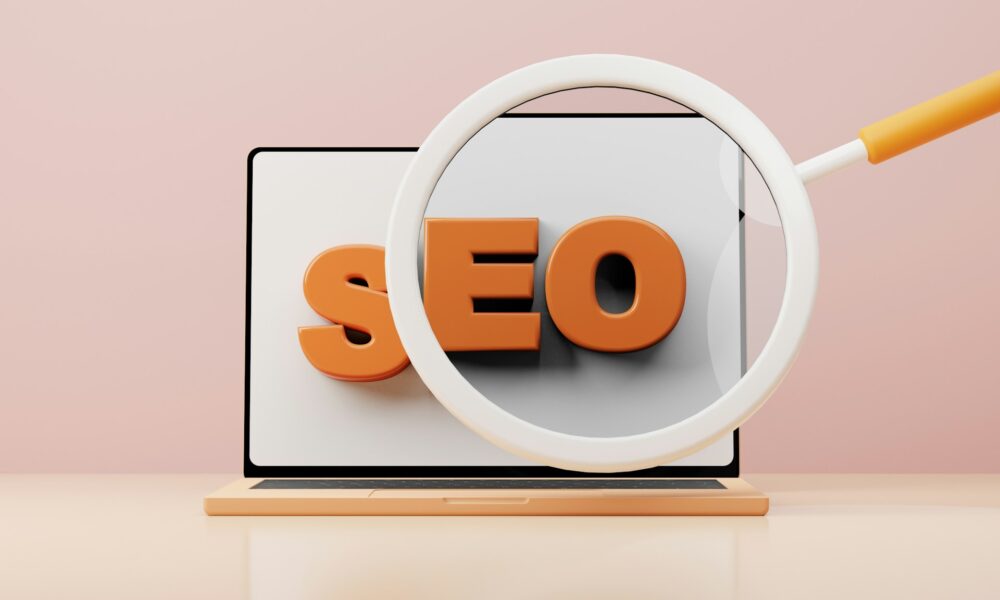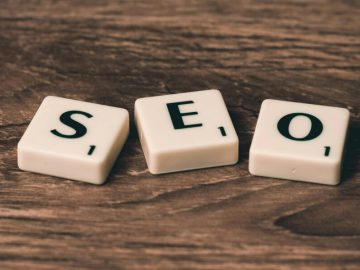SEO marketing is businesses’ secret weapon to boost their online presence and drive more traffic. But what exactly is SEO in digital marketing, and why is it so important? In this guide, we’ll break down the basics of SEO, how it works with content marketing, and why mastering SEO is essential for growing your brand in today’s digital landscape. Ready to unlock the power of SEO? Let’s dive in!
What is SEO Marketing?
SEO (Search Engine Optimization) marketing is the art and science of improving your website’s visibility on search engines like Google. The goal is to appear at the top of search results when people search for keywords relevant to your business. In a world where everyone’s online, SEO is your ticket to getting noticed, driving organic traffic, and ultimately increasing sales.
Why Does SEO Matter for Your Business?
A million-dollar question: You’re probably wondering, “Why bother with SEO?” Well, if your business is online, SEO is the secret sauce that can help you get in front of people actively searching for what you offer. In fact, over 90% of online experiences begin with a search engine.
But SEO isn’t just about showing up; it’s about showing up in the right way. From ensuring your website loads fast (goodbye slow sites) to creating content that answers users’ questions, SEO makes you not just visible but also valuable to your audience. When paired with strategies like network marketing, SEO can expand your reach and help you connect with potential customers across multiple channels.
How Does SEO Work in Digital Marketing?
SEO isn’t a one-size-fits-all strategy. It’s deeply intertwined with various aspects of digital marketing, such as content marketing, link-building, and even social media. Here’s how SEO fits into the bigger picture of digital marketing:
- Keywords and Content
SEO starts with understanding what your audience is searching for. By researching the right keywords, you can create content that’s hyper-relevant to your target market. Think blog posts, videos, product pages, and more. - On-Page SEO
Once your content is live, you need to make sure it’s optimized for search engines. This means optimizing meta tags, headers, images, and even internal links. It’s like making sure your house is clean before the guests arrive. - Off-Page SEO
It’s not just about your website. Search engines love backlinks—links from other sites that point back to your content. The more reputable sites that link to your content, the higher your chances of ranking.
What’s the Relationship Between SEO and Content Marketing?
If SEO is the engine, content marketing is the fuel. They work hand-in-hand to drive traffic to your site and keep users engaged. Here’s how they team up:
- Content Drives SEO: Creating high-quality, keyword-rich content is key to ranking on Google.
- SEO Enhances Content Reach: Once your content is optimized for SEO, it gets pushed higher up in search results, which increases visibility and, ultimately, traffic.
What Does SEO Stand for in Marketing?
SEO stands for Search Engine Optimization, and it’s a marketing technique used to enhance your website’s visibility in search engine results. In other words, SEO marketing is about making sure your content, products, or services show up when someone searches for relevant topics.
How to Get Started with SEO Marketing
Feeling ready to jump in? Here’s how to start your SEO marketing journey:
- Step 1: Do Keyword Research
Use tools like Google Keyword Planner or SEMrush to find out what your audience is searching for. - Step 2: Optimize Your Website
Make sure your website is user-friendly, mobile-responsive, and optimized for speed. - Step 3: Create Valuable Content
Write blog posts, create videos, and develop guides that provide real value to your audience. - Step 4: Build Backlinks
Reach out to authoritative websites for guest posts or link-building opportunities. - Step 5: Measure Your Results
Use tools like Google Analytics to track your traffic, bounce rates, and conversions.
Choosing the Right SEO Strategy for Your Business
When selecting an SEO strategy, businesses often face the challenge of deciding between DIY tactics or hiring an expert. While DIY methods can seem cost-effective, they often fall short in delivering the results you need. A professional SEO strategy, however, requires an investment, and it’s important to evaluate the SEO cost for excellence.
Investing in top-tier SEO ensures that you’re not just applying generic techniques, but rather custom strategies that align with your business goals and target audience. This investment can lead to better rankings, more targeted traffic, and higher conversion rates in the long run.
SEO Marketing: The Key to Unlocking Organic Traffic
There’s no shortcut to success with SEO. It takes time, patience, and strategy. But with the right approach, you can watch your website climb to the top of search engine results and drive free, organic traffic to your site.
So, what are you waiting for? Start optimizing today!
The Future of SEO Marketing
SEO isn’t a static game. Google’s algorithms evolve, so your SEO strategy must evolve with them. The future of SEO marketing includes:
- AI-Powered Search: Artificial intelligence is reshaping how we search and what results we see.
- Voice Search: As more people use voice assistants, optimizing for voice search is becoming increasingly important.
- User Experience (UX): Google’s Core Web Vitals are now a ranking factor, meaning your site’s speed and mobile responsiveness can directly impact your ranking.
Conclusion:
SEO marketing isn’t just about quick wins. It’s about creating a sustainable, long-term strategy that keeps your website visible, relevant, and engaging. While it might take time to see the results, the payoff is huge in the form of increased organic traffic, higher conversions, and a stronger online presence.
Final Thoughts
SEO marketing is an essential part of any successful digital strategy. By optimizing your website and content, building backlinks, and staying on top of SEO trends, you can secure a prominent position on search engines and drive meaningful traffic to your business. Ready to start? Let’s go!
FAQs
- What is SEO marketing?
SEO marketing is the process of optimizing your website and content to rank higher on search engines, increasing visibility, traffic, and conversions. - How does SEO and content marketing work together?
Content marketing provides the substance (blog posts, articles, videos), while SEO optimizes that content to ensure it ranks high on search engines. - What does SEO stand for in marketing?
SEO stands for Search Engine Optimization, which is a method of improving your site’s visibility on search engines like Google. - How long does it take to see results from SEO marketing?
SEO is a long-term strategy, and it can take 3 to 6 months to start seeing measurable results.





